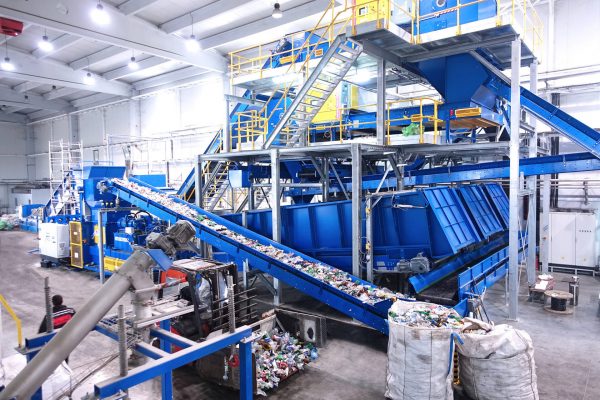Project Report For Plastic Recycling Plant
Introduction
Project Report For Plastic Recycling Plant is as Follows.
A plastic recycling factory is a specialised facility that processes and recycles plastic trash. It is critical in addressing the rising concern about plastic pollution and the environmental effects of incorrect plastic waste disposal. The gathering and sorting of various forms of plastic garbage, such as bottles, containers, packaging materials, and other plastic items, begins the process. The recovered plastic is then taken to a recycling factory, where it is processed through multiple processes.
The first process is sorting, in which plastic garbage is segregated by kind and colour. This is significant because various forms of plastic necessitate different recycling methods. The plastic is then extensively cleaned to eliminate any impurities such as dirt, labels, or residue. When the plastic has been cleaned, it is shredded into little bits called pellets. These pellets are then melted and turned into molten plastic via an extrusion process. To manufacture new plastic items or materials, molten plastic may be moulded into numerous shapes and forms.
Some recycling operations use complex technologies such as pyrolysis or depolymerization to break down plastic waste into its fundamental components, such as oil or monomers. These components can be utilised to make new plastic or transformed into other valuable goods such as fuel or chemicals. Plastic recycling plants also serve an important role in lowering the consumption of fossil fuels and preserving energy. When compared to the creation of fresh plastic from raw ingredients, recycled plastic uses less energy. It also helps to reduce greenhouse gas emissions linked with plastic manufacture.

Types OF Plastic Recycling Plant
Mechanical Recycling Plant: A mechanical recycling plant is one that concentrates on the mechanical processing of plastic waste. It entails sorting, cleaning, shredding, and melting plastic in order to create new plastic items or materials. It is the most popular and commonly utilised method of recycling plastic.
Chemical Recycling Plant: Advanced technologies are used in chemical recycling plants to break down plastic waste into its fundamental components, such as oil or monomers. These components can be utilised to make new plastic or transformed into other valuable goods such as fuel or chemicals. Chemical recycling enables the recycling of plastic that would otherwise be unsuitable for mechanical recycling.
Feedstock Recycling Plant: Feedstock recycling facilities use procedures to transform plastic waste into feedstock, which is then used as a raw material in the manufacturing of new plastics, chemicals, or fuels. These facilities are very useful for recycling mixed or contaminated plastic garbage.
Pyrolysis Plant: Pyrolysis is a thermal breakdown process that turns plastic waste into usable resources such as oil, gas and carbon black. Pyrolysis facilities heat plastic waste in the absence of oxygen, resulting in the breakdown of plastic molecules and the creation of useful byproducts.
Market Potential OF Plastic Recycling Plant
The market for recycled plastics is expected to expand by 8.1% year from 2023 to 2030, from a projected value of USD 69.4 billion in 2023 to USD 120.0 billion in 2030.
The market has grown steadily throughout the research period and is predicted to do so again during the projection period. Growing public awareness about energy savings and government initiatives are projected to fuel market expansion in the future years. The increased use of recycled plastics by key players in the packaging, automotive, and electrical and electronics sectors will directly contribute to the rise in demand for these plastics. Each year, these businesses utilise more than 6 million tonnes of plastic packaging. As a result, the market for recycled plastics is expected to rise further as a result of increased use in the packaging, automotive, and electrical and electronics sectors.
The recycled plastics sector is heavily reliant on adequate raw material collection (plastic wastes or scraps). Only 14% of plastic packaging used globally is recycled, with the remainder ending up in the seas each year, harming aquatic life. recycling the remaining 86% of wasted plastics may generate a massive revenue of roughly USD 80-120 billion.
However, this revenue cannot be anticipated to be realised without the development of new ways. As a result, raw material collection constraints provide a significant barrier to market participants.
Project Report Sample On Plastic Recycling Plant
Need Help?
Create 100% Bankable Project Report
